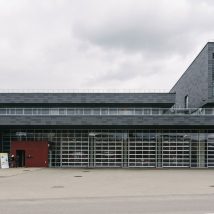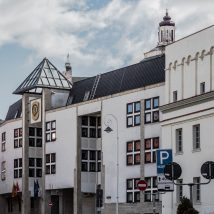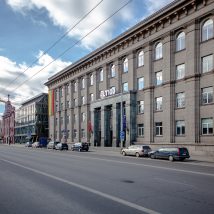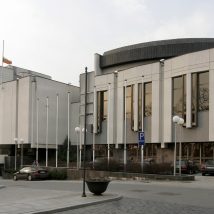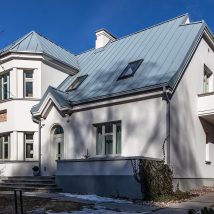
In Markučiai, wedged between Vilnelė River and high hills, life has revolved around the manors that stand there since the 16th C. The last of the manors, which still stands there today, was built in 1868 by the engineer Aleksey Melnikov, who had arrived in Vilnius to build Petersburg-Vilnius railway.
This is one of the best-preserved wooden villas, and illustrates the fashion for building wooden summer houses at that time (which were adapted for permanent living only after a couple of decades), with a park, pond and a brick chapel. Aside from its modest exterior, the villa has also lost its window shutters, which used to create a resort-like impression a century ago. However, the interior features a modern (Secession) style with authentic furniture, fireplaces and lots of details. The smart layout of the building with a useful corridor between the rooms, created a convenient lifestyle for the masters of the house, who could be served but at the same time remain undisturbed by the servants.
Most of the time, the Markučiai villa was managed by the engineer’s daughter, Varvara Pushkina, who had married Grigory Pushkin, the son of the Russian poet Alexander Pushkin. Eventually, the building was bequeathed to the memory of the Russian literary superstar. Thus, the building has been the Museum of Alexander Pushkin since 1948. The manor is attractive not only owing to its atmospheric interior, but also because of the stories of Markučiai: as a popular 19th C. leisure and recreation site for Vilnius citizens, but also about the presumed blackmail that took place when purchasing the property, and the communal apartment on the second floor, as well as the progressive socialistic ideas that spread from the manor.

